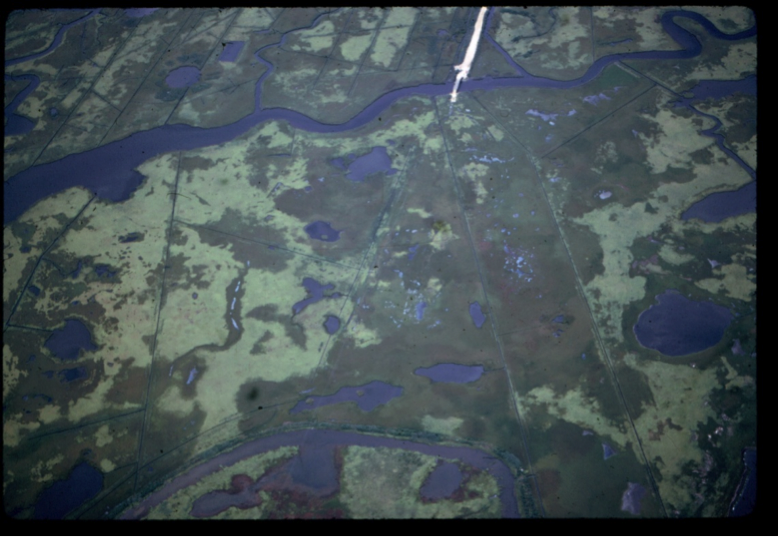impact of habitat edges on biodiversity and ecosystem function
Habitat fragmentation is widely considered to be the key factor leading to species extinction worldwide, and habitat edges are key to understanding fragmentation. We examined multi-trophic responses to habitat edges between the salt marsh grasses Spartina alterniflora and S. patens (Wimp et al. 2011, Ecology Letters). We found declines in the densities of both specialist herbivores and predators near edges, but this was due to an increase in generalist predators, not a decline in plant resources. When we extended this work to 115 different arthropod species, we found that both specialists and generalists declined along habitat edges. Historically, habitat edges were thought to increase diversity by combining communities from two habitats (Murphy et al. 2016, Current Opinion in Insect Science; Ries et al. 2017, Current Landscape Ecology Reports). We found that edges had no effect on species richness, but altered community composition, particularly among dietary or habitat specialists (Wimp et al. In Press, Landscape Ecology). While specialists the strongest response to habitat edges, the abundance of generalist predators also declined along the habitat edge (Wimp et al. 2019, Ecology). Thus, even generalists have habitat structural or food resource requirements that may limit their resilience to habitat loss and fragmentation.
Even though coastal wetlands only account for 0.3% of Earth’s surface area, they hold 2% of soil carbon; however, these areas are now threatened by global change. My graduate student, Tyler Rippel, found that litter accumulation decreases and decomposition rate increases for the high elevation grass Spartina patens, when it is growing along habitat edges relative to interior habitats (Rippel et al. 2020, Landscape Ecology). This pattern may be driven in part by a change in salt marsh fungal community composition along the edge, and Tyler is sequencing the S. patens fungal community to examine fungal edge responses.
Even though coastal wetlands only account for 0.3% of Earth’s surface area, they hold 2% of soil carbon; however, these areas are now threatened by global change. My graduate student, Tyler Rippel, found that litter accumulation decreases and decomposition rate increases for the high elevation grass Spartina patens, when it is growing along habitat edges relative to interior habitats (Rippel et al. 2020, Landscape Ecology). This pattern may be driven in part by a change in salt marsh fungal community composition along the edge, and Tyler is sequencing the S. patens fungal community to examine fungal edge responses.

